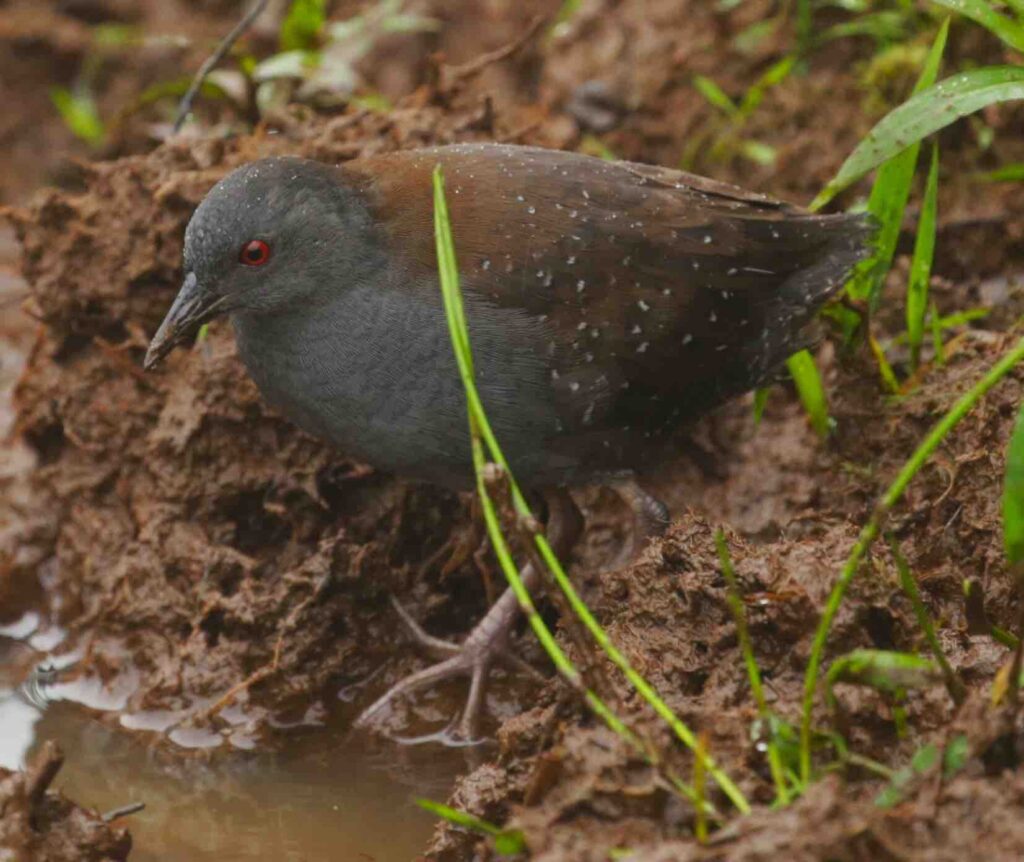Abstract
Similar to other insular birds around the world, the Galapagos rail (Laterallus spilonota Gould, 1841) exhibits reduced flight capacity following its colonization of the archipelago ~1.2 mya. Despite their short evolutionary history, rails have colonized seven different islands spanning the entire width of the archipelago. Galapagos rails were once common on islands with sufficiently high altitudes to support shrubs in humid habitats. After humans introduced goats, this habitat was severely reduced due to overgrazing. Habitat loss devastated some rail populations, with less than 50 individuals surviving, rendering the genetic diversity of Galapagos rail a pressing conservation concern. Additionally, one enigma is the reappearance of rails on the island of Pinta after they were considered extirpated. Our approach was to investigate the evolutionary history and geographic distribution of Galapagos rails as well as examine the genome-wide effects of historical population bottlenecks using 39 whole genomes across different island populations. We recovered an early divergence of rail ancestors leading to the isolated populations on Pinta and a second clade comprising the rest of the islands, historically forming a single landmass. Subsequently, the separation of the landmass ~900 kya may have led to the isolation of the Isabela population with more panmictic populations found on Santa Cruz and Santiago islands. We found that rails genomes contain long runs of homozygosity (>2Mb) that could be related to the introduction of goats. Finally, our findings show that the modern eradication of goats was critical to avoiding episodes of inbreeding in most populations.
Read the article in the link: https://doi.org/10.1093/jhered/esae017






